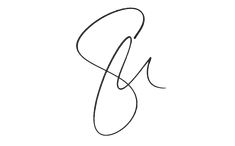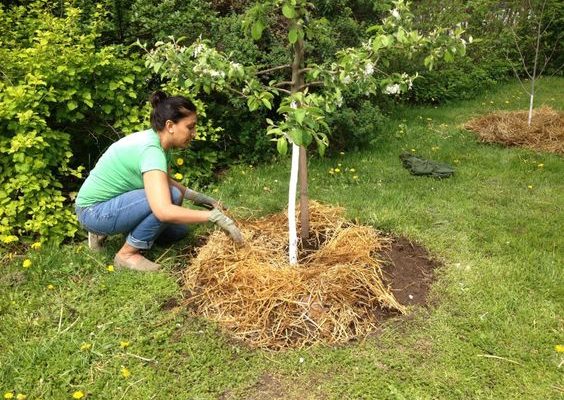3 Ways to Forge a Signature

Introduction:
The art of forging a signature has been a subject of fascination as well as scrutiny for centuries. Forging signatures can give a false sense of authenticity, granting access to places or obtaining items reserved for those with the actual authorization. While most people would never attempt such a task, there may be circumstances where understanding the techniques and methods behind it can be intriguing. Perhaps as an artistic effort, or just for a harmless prank, one could be interested in learning how to imitate a signature. Here are three ways to forge a signature:
1. Tracing Technique:
The simplest method for forging a signature is by tracing over the original signature. To do this, you’ll first need an example of the original signature. This can be found on documents, letters, or even online scans.
a) Place the original signature under a sheet of tracing paper or on top of a tablet screen with the brightness turned up.
b) Secure the paper with tape if needed, ensuring that it does not move while you work on tracing.
c) Using a thin pen or pencil, trace over the signature slowly and carefully.
d) Once you have completed your tracing and removed the original signature from underneath your paper, you can use it as your stencil to once again trace over it onto your desired document.
Remember that tracing might not result in an exact imitation of the original signature, but it provides a fairly accurate replication.
3. The Grid Method:
Another technique one could use to forge a signature involves using grids and breaking down the components of the original signature.
a) Draw tiny squares in equal size over the original signature.
b) On another sheet of paper (or on your intended document), draw similar-sized squares which indicate where each part of the respective letters should fall.
c) Slowly focus on each square individually and attempt to replicate its content as accurately as possible within the new grid.
d) Once you have completed the grid, carefully erase or remove the square guidelines.
4. Practice Makes Perfect:
Sometimes, the most effective way to forge a signature is to study and practice it repeatedly.
a) Observe the signature you wish to replicate and analyze its unique characteristics, like letter shapes, loops, speed variation, etc.
b) Start by practicing individual letters separately before attempting the full signature.
c) Place both original and your copies side by side and examine any differences. Note these discrepancies and try fixing them in your next attempt.
Reiterate this process until your rendition gets closer to the original signature’s appearance.
Conclusion:
While forging a signature can be a fascinating exercise, it’s essential to recognize that using duplicated signatures illegally could lead to serious consequences. The focus here should be on understanding the techniques for artistic purposes or harmless pranks and not engaging in any fraudulent activities.






